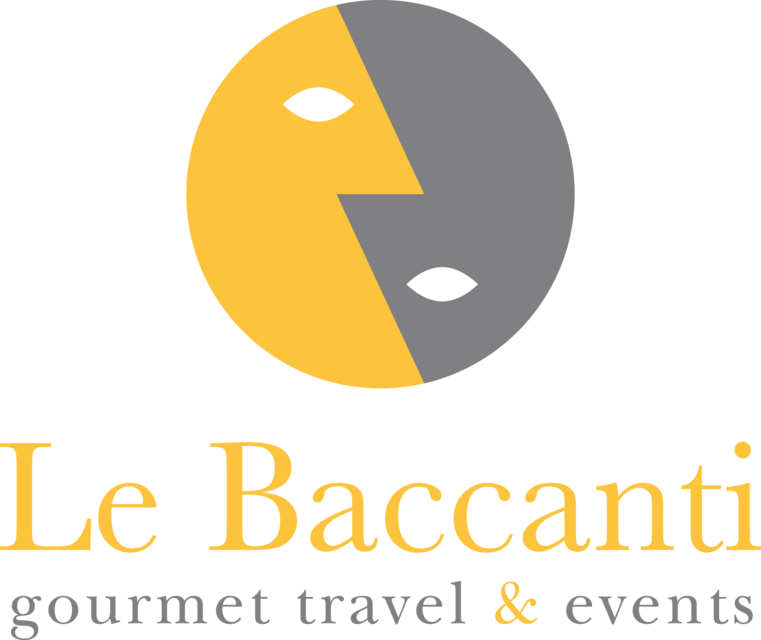Like so many traditional gastronomic condiments and delights, the first balsamic vinegar too may have been an accident, the fruit of someone's mistakes. No none knows where and when it began. The oldest surviving document to mention it is a wretched poem entitled Vita Mathildis (The Life of Mathilde, Countess of Canossa) by an eleventh-century Benedictine monk named Donizone who speaks of a bottle of 'old vinegar made to smell most beautiful and sweet by various balsams' (vetus acetus balsamis variis eximiter atque suaviter olens) that Boniface, Marquis of Canossa, sent as a gift to the H.R. Emperor Henry III in about 1046 ... evidently it was a thing thought befitting such an exalted occasion. Nevertheless, stable production and wider markets developed only after about 1500. Many court documents show that after the Dukes of Este had transferred their seat from Ferrara to Modena in 1598 they actively encouraged cultivation and commercialisation of the precious sauce.Long before Donizone and the emperor it may well have been concocted for medicinal rather than gastronomic uses euro whence the name. The Modenese historian Ludovico Muratori (1672-1750) opined in 1707 in his Del governo della peste e delle maniere di guardarsene (Controlling Bubonic Plague and How to Guard Against It) that several strongly aromatic vinegars may be effective antidotes. In 1796, Modena came close to losing its unique nectar forever: under Napoleon's occupation the ducal vinegar establish-ments were sold to French interests and subsequently dismantled, and not until 1859 were they back in full swing, mercifully just in time for the royal banquet of 1861 held in honour of Victor Emanuel II, sovereign of the newly united Italy. Balsamico production has been the same ever since euro today's methods are exactly those described in 1862 in a rambling letter by one Francesco Aggazzotti preserved in the Modena State Archives.Copyright Le Baccanti Tours 2004-2007 - All rights reserved Do not copy, this site is monitored weekly




